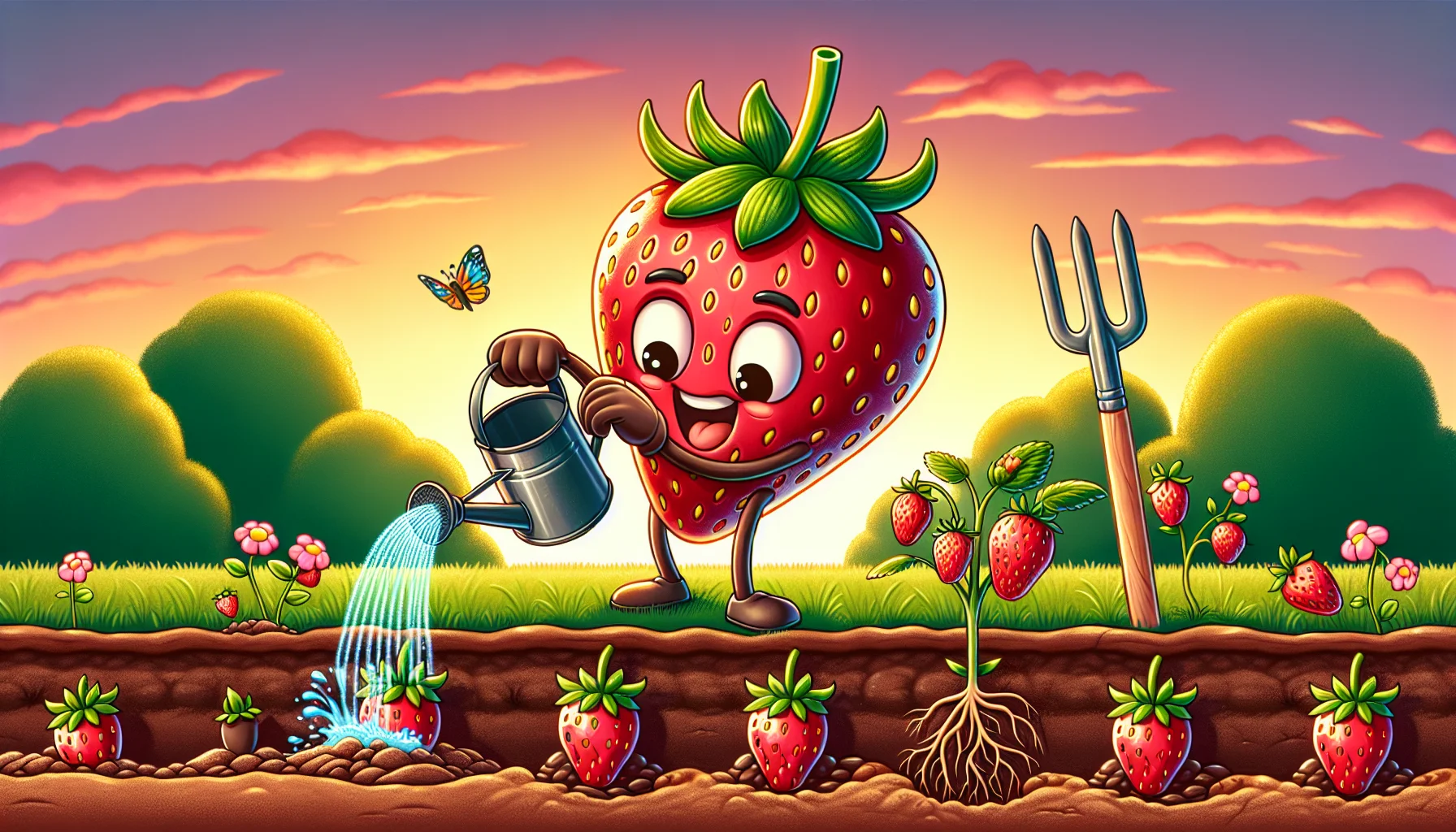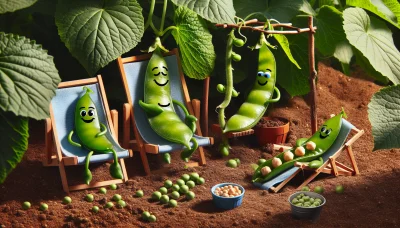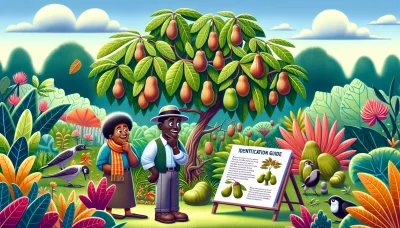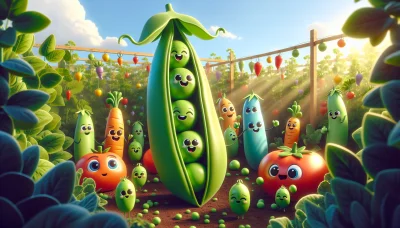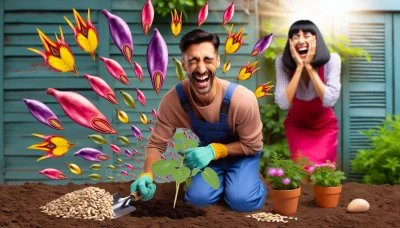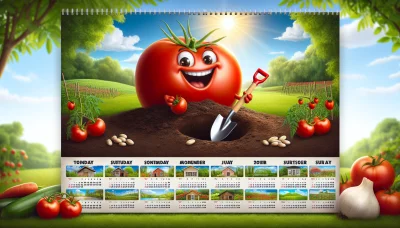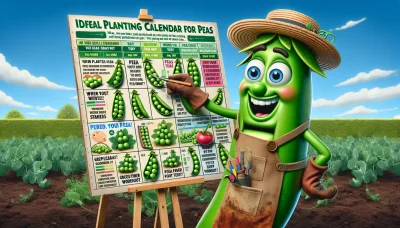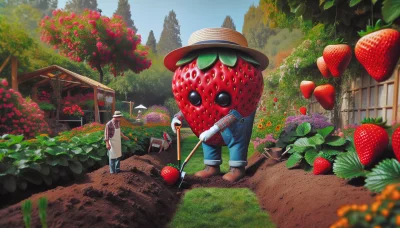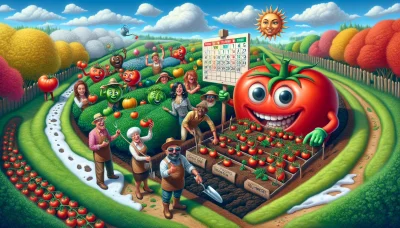How to grow strawberries from seed Quiz
Test Your Knowledge
Question of
How to Grow Strawberries from Seed
Growing strawberries from seed can be a rewarding experience for any gardener. This method allows for a greater variety of choices, often including rare or heirloom species that are not available as pre-grown plants. Starting strawberries from seed is also cost-effective, allowing you to cultivate a larger quantity of plants for a fraction of the price. Moreover, growing your own strawberries from seed gives you complete control over the growing conditions from the very start, ensuring your plants are healthy, organic, and perfectly suited to your garden's unique environment.
Choosing the Right Strawberry Seeds
When it comes to growing strawberries, the selection of high-quality seeds is paramount to ensure a bountiful and delicious harvest. The right seeds not only guarantee a good yield but also determine the flavor, size, and color of the strawberries. There are numerous varieties of strawberries that can be grown from seed, each with its own unique characteristics and growth requirements. From the ever-popular June-bearing types, which produce a large crop in early summer, to the day-neutral varieties that can yield fruit throughout the growing season, understanding the differences between these options is key to a successful strawberry garden. Therefore, investing time in selecting the best seed variety for your climate and soil type can make all the difference in your gardening endeavors.
Preparing for Planting
Steps for Soil Preparation
- Clear the area of weeds and debris.
- Loosen the soil to about 12 to 15 inches deep.
- Mix in compost or aged manure to enrich the soil.
- Ensure the soil is well-draining to avoid waterlogging.
- Test the soil pH and adjust if necessary to suit the plants you want to grow.
Choosing the Right Location
- Consider the amount of sunlight the area receives. Most vegetables need 6-8 hours of direct sunlight.
- Make sure the location is close to a water source for easy watering.
- Check for protection from strong winds and pests.
- Ensure the planting area has good drainage.
Materials Needed to Start Seeds Indoors
- Seed starting trays or small pots.
- High-quality seed starting mix.
- Seeds of your choice.
- Watering can or spray bottle for gentle watering.
- Grow lights or a sunny window sill.
- Labels or markers to identify your seedlings.
Sowing Your Strawberry Seeds
To plant strawberry seeds, begin by preparing a seed starting mix or a well-draining soil in your garden or containers. Sow the seeds on the surface of the soil, as they require light to germinate, and lightly press them into the soil without covering them. Maintain a spacing of about 2 inches between seeds to ensure each plant has enough space to grow. Strawberry seeds thrive in soil that is slightly acidic, with a pH between 5.5 and 6.8, and rich in organic matter. Keep the soil moist but not waterlogged, and place the seeds in a location that receives ample sunlight. With the right conditions, your strawberry seeds will germinate and grow into healthy plants, ready to produce sweet berries.
Caring for Your Strawberry Seedlings
- Watering: Keep the soil moist but not waterlogged. Water early in the day to allow leaves to dry and prevent fungal diseases.
- Thinning: Remove weaker seedlings to ensure stronger ones have enough space and resources to grow.
- Transplanting: Transplant seedlings when they have 3-4 true leaves, handling them gently to avoid damaging the roots.
- Light: Provide plenty of sunlight, at least 6-8 hours a day, for healthy growth.
- Fertilizing: Use a balanced, slow-release fertilizer after transplanting to provide essential nutrients.
- Protection: Use netting or row covers to protect seedlings from birds and pests.
Transplanting and Growing On
Transplanting seedlings outdoors is a critical step in the gardening process, one that can significantly impact the success of your plants. The timing for transplanting is crucial and largely depends on the type of plant and the climate you are in. Generally, seedlings should be moved outside after the last frost date to avoid cold damage. It's important to harden off your plants before transplanting by gradually exposing them to outdoor conditions over a week to reduce shock.
For successful growth, there are several key practices to follow. Mulching is highly beneficial as it helps retain soil moisture, suppress weeds, and regulate soil temperature. Organic mulches, such as straw or wood chips, can also improve soil quality as they decompose. Fertilization is another important aspect; however, it's essential to use the right type and amount of fertilizer based on the specific needs of your plants. Over-fertilizing can harm your plants, leading to poor growth or even death. A balanced approach, considering the specific requirements of your plants and soil, will lead to healthy, thriving plants.
Harvesting and Enjoying Your Strawberries
Knowing when your strawberries are ready to harvest is key to enjoying the sweetest, juiciest fruits. Look for berries that are fully red, with no white or green areas, as this indicates they are ripe and at their peak of sweetness. To pick them, gently grasp the stem just above the berry and pull with a slight twisting motion. This will ensure the berry comes away easily without damaging the plant or the fruit. Once harvested, your strawberries can be enjoyed in a myriad of ways. Eat them fresh, add them to salads for a burst of sweetness, blend them into smoothies, or use them in desserts like shortcakes and pies. For a special treat, dip them in chocolate and let them cool for a decadent dessert. Home-grown strawberries offer a delightful taste of summer that, with a little care, can be savored in so many delicious ways.
